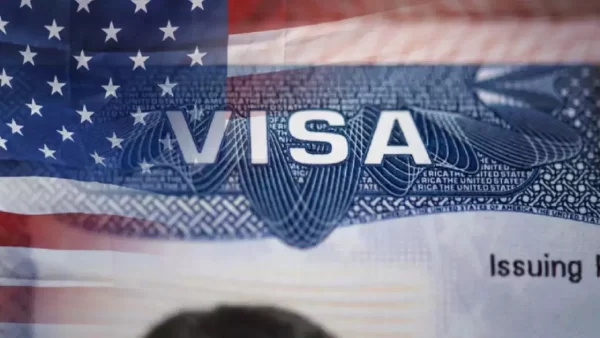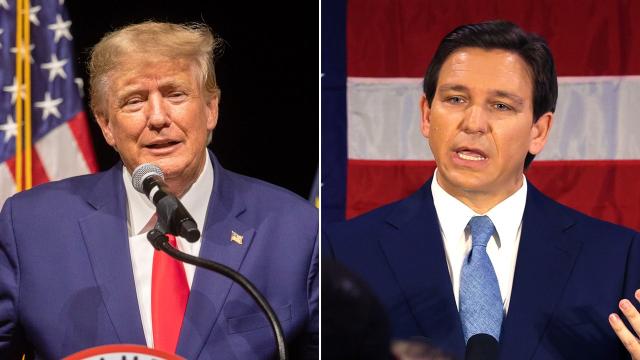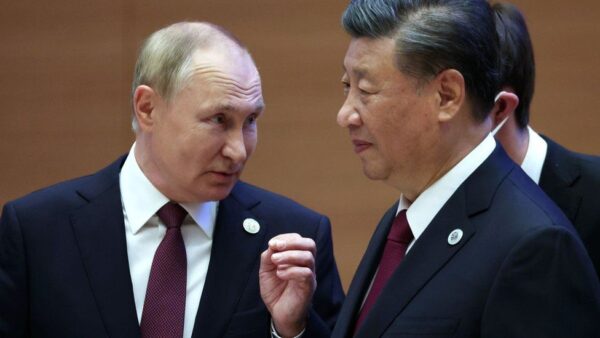France continues to be nursing a criticism over Australia nullifying a USD fifty nine billion air unbiased propulsion (AIP) submarine deal and opting out for nuclear powered traditional weapon assault or SSNs submarines with US and UK beneathneath the September 15, 2021 AUKUS percent.
While Paris might also additionally have valid motives for being dissatisfied with Australia for renegading at the submarine deal, the rising image in Indo-Pacific truly suggests that AIP submarines could were a half-degree in containing a belligerent China beneathneath all effective President Xi Jinping. Given the strategic surroundings in Indo-Pacific and South China Sea in particular, the Australian preference for an SSN is simply a higher alternative in tackling a hastily developing PLA Navy and Chinese intermediate variety ballistic missile arsenal.
The nation of strategic play is such that India additionally has no preference however to move for long-variety nuclear-powered submarines and transport structures as it’s far handiest a count of time whilst the Chinese service pressure may be patrolling the Indian Ocean. With nuclear submarines already operational and 0.33 one a piece in progress, India is also constructing a leverage in case PLA makes a decision sturdy arm methods at the 3,488-km Line of Actual Control (LAC), adore it did in May 2020.
If one overlooks the noise over Australia scuttling the French submarine deal, it isn’t always very tough to recognize why Canberra determined the nuclear alternative as it’s far a deterrent to Chinese Taiwan ambitions. Today’s signing of protection percent among Japan and Australia, as soon as World War II adversaries, with the lowest line on convergence in Indo-Pacific is likewise a step withinside the course to invite China to fix its aggression. Australian Prime Minister Scott Morrison defined the settlement “will underpin extra and extra complicated sensible engagement among the Australian Defence Force and the Japanese Self-Defence Forces.” Juxtapose the brand new protection percent with AUKUS and Quad and the bigger image emerges at the Indo-Pacific with India having a logistics settlement with all of the Quad partners.
Rather than viewing AUKUS from a French industrial perspective, the Australian nuclear powered traditional assault submarines may be a solution to the huge deployment of DF-21 and DF 26 collection of ballistic missiles through the PLA on Chinese east coast to save you US plane service input the South China Sea withinside the worst case state of affairs over Taiwan. Given the variety of those ballistic missiles, americaA plane service pressure will need to function outdoor the primary chain of islands after China in any other case be at the cross-hairs of those PLA transport structures. While US and Russia had been certain through the Intermediate Range Nuclear Forces Treaty considering that 1987 and earlier than suspension in 2019, the PLA has constructed a huge intermediate variety ballistic missile arsenal with its propaganda media nick-naming DF-21 and DF 26 as service killer and Guam killer weapons.
With the arrival of Australian nuclear submarines, the Chinese missile webweb sites on east coast may be threatened through the sub-floor assault structures which could live beneathneath water for months collectively in South China Sea or the Indo-Pacific. Fact is that AUKUS is a game-changer for Indo-Pacific as even the modern day AIP diesel submarines should floor, in impact betraying their positions, in weeks for charging their batteries. Thus, from a strategic perspective, the Australian nuclear assault submarines with traditional ballistic missiles as deterrents will permit US plane service to function among Chinese coast and primary island chain and additionally put into effect legal guidelines of the seas and freedom of navigation in South China Sea. As China is threatening Taiwan on a every day foundation through breaching its air defence identity zone, it’s far for americaA to hurry up the SSN manufacturing for Australia as time is walking out for Taipei and the safety of Indo-Pacific.

 America granted work permits for Indian spouses of h-1 b visa holders
America granted work permits for Indian spouses of h-1 b visa holders  Elon Musk’s Neural ink Begins Human Trials for Brain Chip Implantation in 2023
Elon Musk’s Neural ink Begins Human Trials for Brain Chip Implantation in 2023  Trump widens lead over DeSantis in 2024 GOP presidential nomination showdown: poll
Trump widens lead over DeSantis in 2024 GOP presidential nomination showdown: poll  6 killed after work zone car crash on Baltimore Beltway, police say
6 killed after work zone car crash on Baltimore Beltway, police say  Russia’s Medvedev goes on tirade against International Criminal Court, threatens The Hague with missile strike
Russia’s Medvedev goes on tirade against International Criminal Court, threatens The Hague with missile strike  US urges Xi to press Putin over ‘war crimes’ in Ukraine
US urges Xi to press Putin over ‘war crimes’ in Ukraine